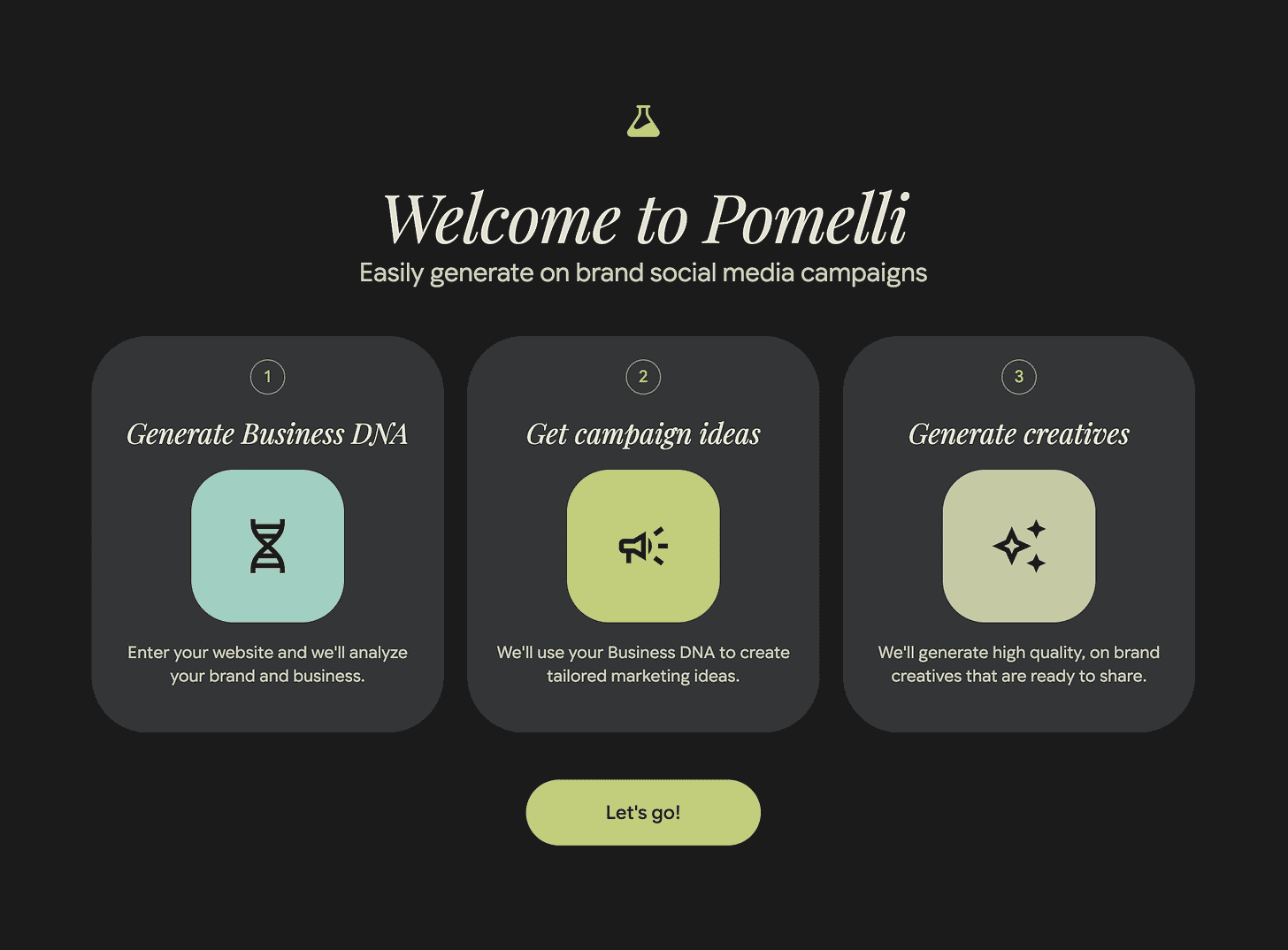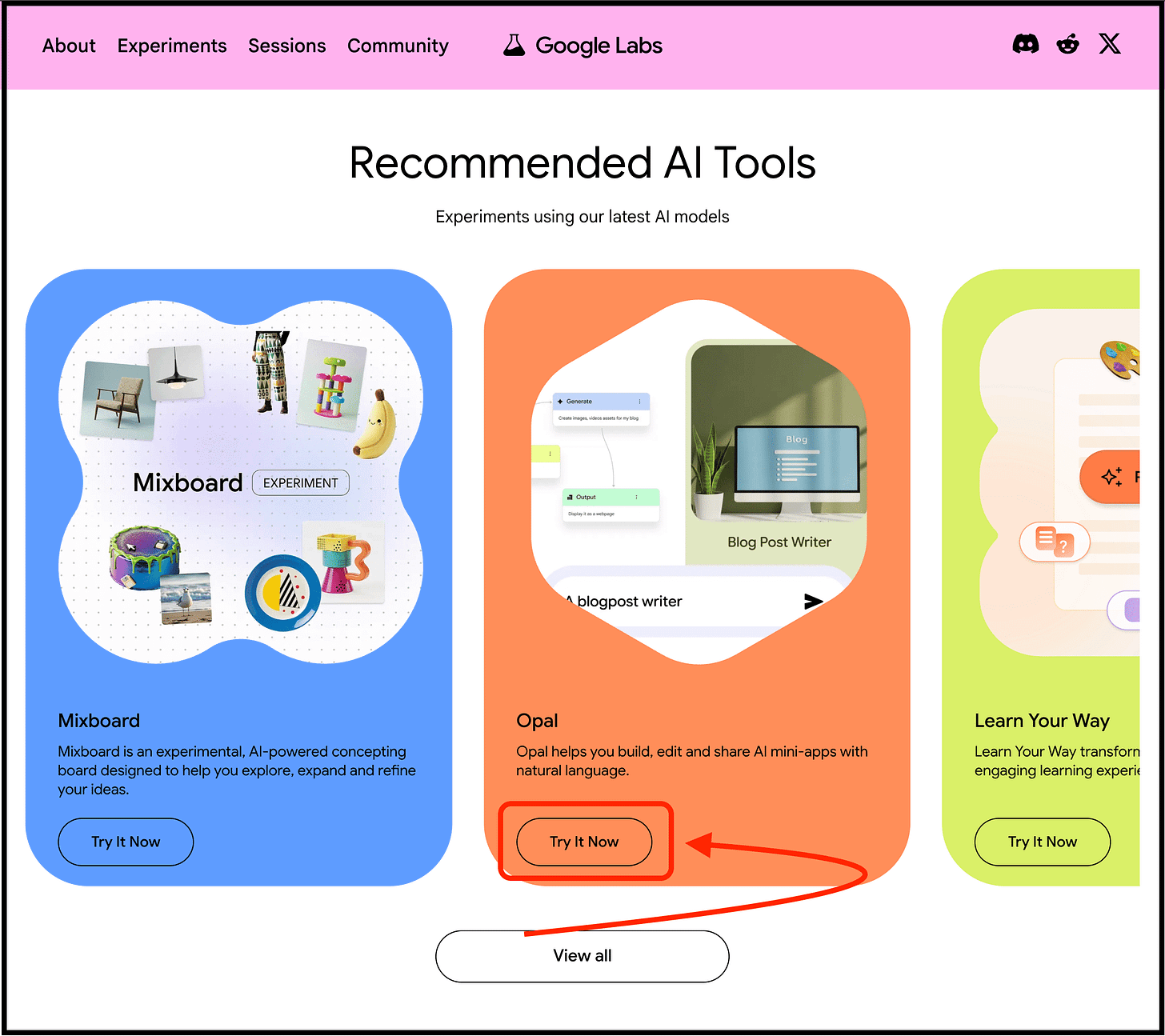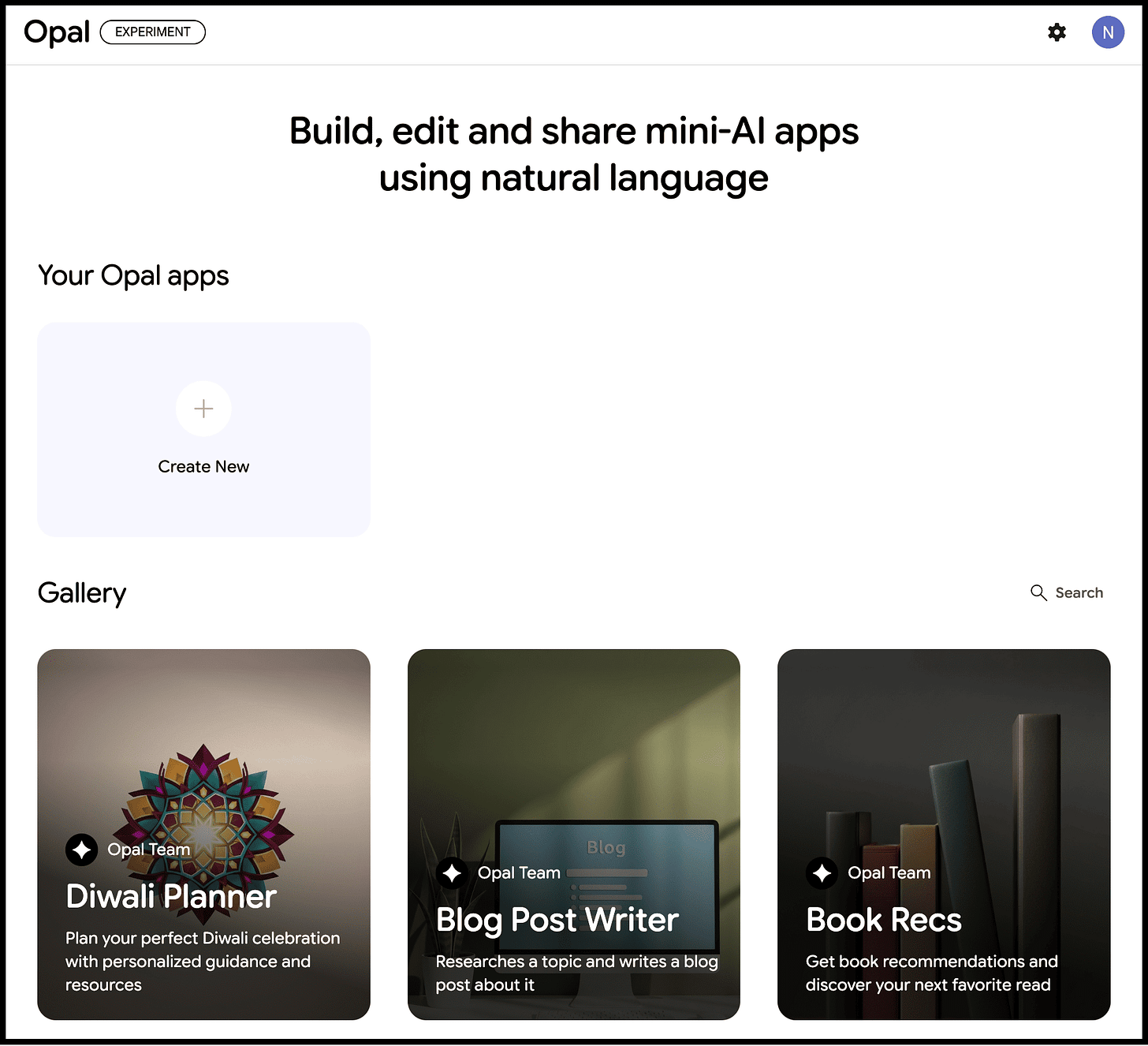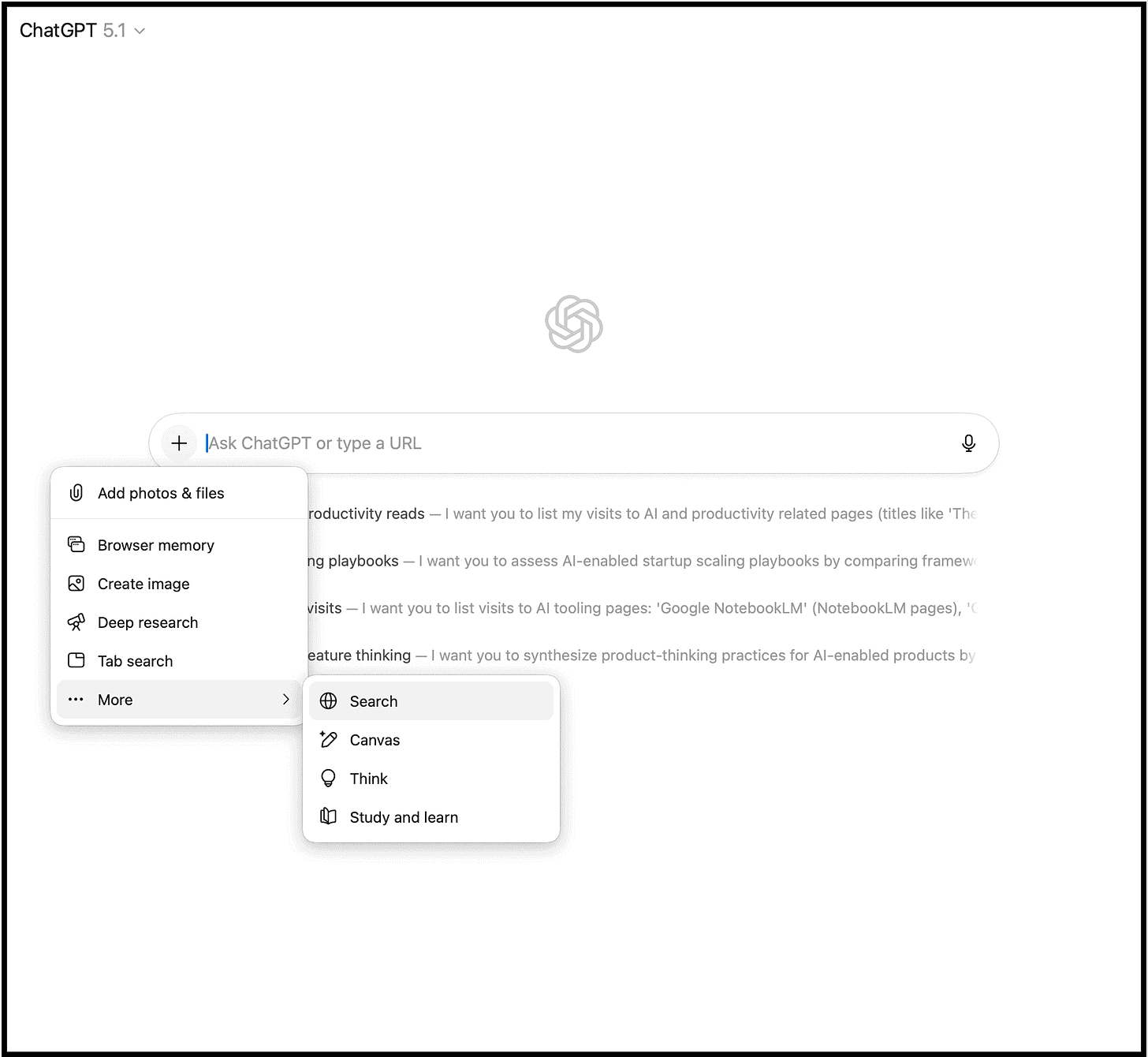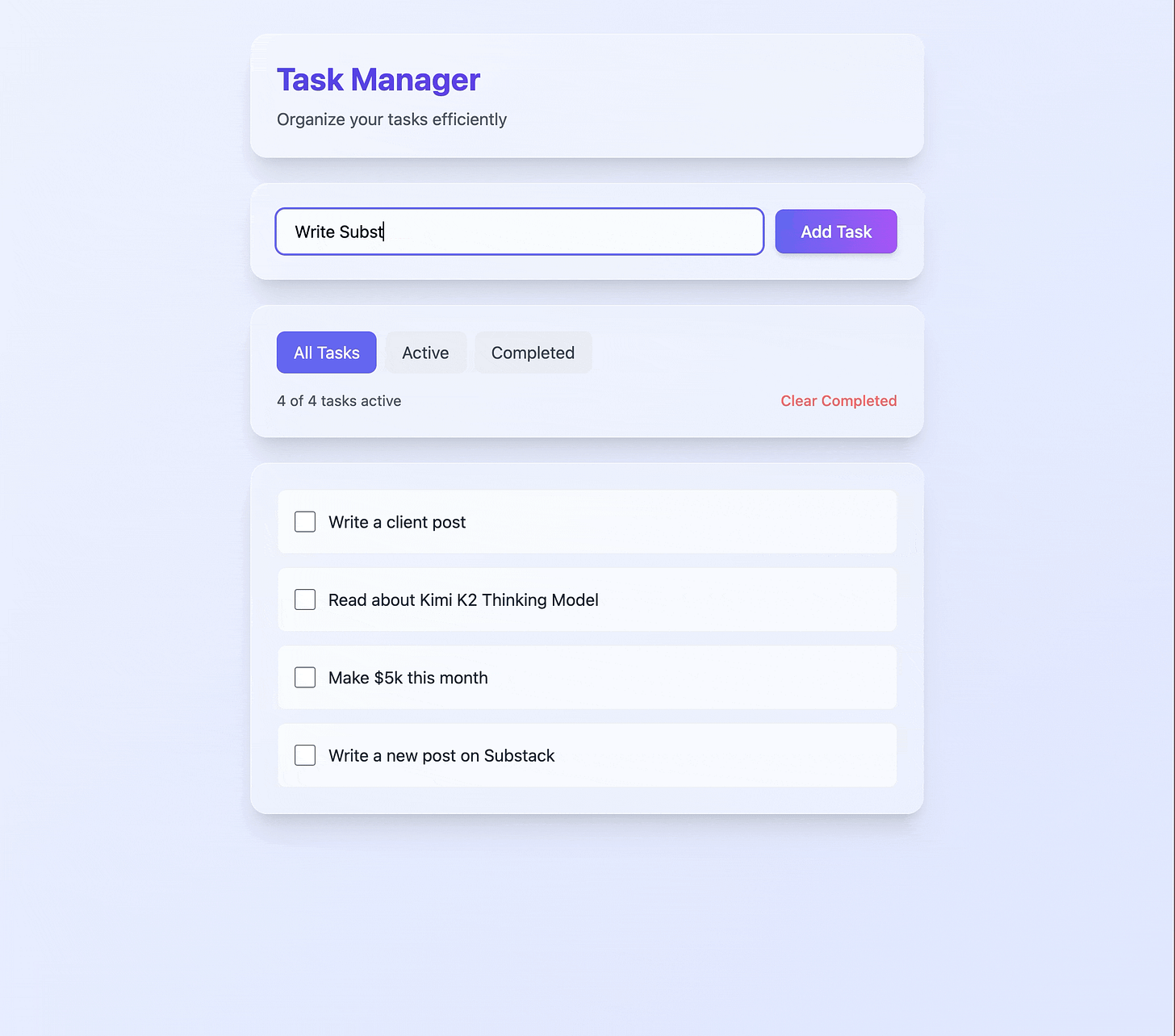Forget ChatGPT & Gemini — Here Are New AI Tools That Will Blow Your Mind
Here, I’m sharing a handful of AI tools that I genuinely think can make your workflow smoother, faster, and more focused.
Let me be brutally honest, we are living in a strange moment where everyone is collecting new AI tools like Pokemon and feeling more overwhelmed than productive.
I’ve been there too, jumping from one new AI tool to another, thinking the next one will magically fix my workflow, only to end up with ten open tabs and zero actual output.
The truth is, the problem isn’t that we don’t have enough AI tools. The problem is that we have too many, and most of them don’t actually help.
And so, after testing thousands of AI tools over the past couple of years, something finally clicked for me.
You don’t need a massive tech stack, you don’t need every trending AI tool on Product Hunt, and you don’t need to master dozens of new interfaces. All you really need is a small, carefully selected set of AI tools that actually get your work done, simplify your life, and give you that “wow, I can’t believe how much faster I am” feeling.
That’s why I write posts like this.
I spend days testing new AI tools, breaking them, comparing them, and figuring out which ones are actually worth your time.
And today, I’m sharing a handful of tools that I genuinely think can make your workflow smoother, faster, and more focused.
Note: If you found this post valuable or learned something new, consider becoming a paid subscriber to this newsletter. It’s the best way to support my work and keep this kind of content coming.
With that said, let’s get started.
1. Pomelli
I’ve been watching Google very closely over the past few months, and honestly, they are releasing some of the most surprisingly useful AI tools right now.
Everyone talks about Gemini, but the real magic is happening inside Google Labs.
They quietly ship tools like NotebookLM, Nano Banana, Google AI Studio, and now Pomelli, and each one solves a very specific problem that actually improves your workflow instead of adding more noise.
Most people have never even heard of Pomelli yet, which is wild to me, because this thing feels like having a full-time marketing team that already knows your brand, your tone, your aesthetic, and exactly what kind of content you want to put out.
But how it works? Well, Pomelli first understands your brand’s vibe the moment you drop your website link, and then it starts generating endless on-brand posts, visuals, hooks, templates, and campaign ideas based on the prompt that you write.
If you want to try it out, the process is very simple.
You go to the Google Labs website, scroll to the Recommended AI Tools section, and select Pomelli.
When it opens, you just enter your website link and let it analyze everything.
Within a few seconds, it starts generating campaign ideas, branded creatives, post formats, and design variations that actually look like something you would pay a designer for.
I tested it with my AI newsletter website just to see how well it understands tone and visual style.
And the first thing it generated genuinely surprised me because it felt clean, minimal, and exactly the kind of design I would have created manually. And this is just the basic output.
With more detailed prompts, you can generate entire content calendars, social post variations, ad creatives, product launch graphics, and basically anything you need for your brand.
Once you like something, you can edit it inside Pomelli or just download it instantly.
With this AI tool, you can:
Turn your website into a content engine (Pomelli scrapes brand guidelines automatically)
Generate 30 days of social content in under 5 minutes
Reuse the same brand assets for ads, Shorts scripts, carousel posts, etc.
2. Opal
You may know that we already have so many AI builders online that it’s almost confusing at this point.
There are best AI website builders, AI app builders, and even tools like Cursor, ChatGPT, and Claude that can generate entire apps if you guide them properly.
But the real problem is that everyone wants to build an AI app and doesn’t want to write prompts, debug code, or figure out complex workflows just to build something useful.
That’s where Opal comes into the picture, and it’s honestly one of the smartest tools Google has released inside Google Labs.
Opal lets you build AI apps by simply describing what you want, and then it creates the structure, logic, and workflow automatically. You don’t have to do anything technical. You just explain your idea, and Opal builds the working version for you.
To get started, visit the Google Labs website and select Opal from the recommended AI tools. From there, you can either create a new app or choose something from the gallery to see what’s possible.
I tested it by creating a product research AI app, and within a few seconds, Opal generated a clean workflow and a functional app that actually worked the way I expected.
Yes, it handled the whole process on its own, and the final output looked surprisingly good for something built with zero effort.
And here’s the AI app it generated for me:
Insane, right?
With this AI tool, you can:
Build a product research app in 2 minutes
Build a competitor analysis bot
Build an evergreen “idea generator” bot
Build a customer survey → insights pipeline
And more
3. ChatGPT Atlas
This one is from OpenAI, and they recently released it after seeing that Perplexity launched their own browser called Comet.
I’m talking about ChatGPT Atlas, and I’ve been using it a lot in the past couple of weeks.
You can think of it as your old browser plus a sidebar assistant that can read your pages, summarize them, and an Agent Mode that can execute simple and complex multi-step web tasks for you.
It’s built to summarize pages, extract data, automate workflows, and even act on your behalf, all inside the browser. And Sam Altman even said that this is just the beginning, and they are planning to add more to it.
To get started, you simply visit the Atlas website and click on the button “Download for macOS”. Then the process is as simple as downloading and installing any app.
And thanks to this:
You can now read a 5,000-word article and instantly ask, “What’s the takeaway?” right inside your browser.
You can open a GitHub repo and ask, “How do I build this?”
You can analyze your competitors, create your content plan, or even plan your next product, all inside a single tab.
And much more.
4. Kimi AI
You’ve probably already seen people talking about Kimi AI all over the internet, especially after they announced their latest model “Kimi K2 Thinking”.
And honestly, the hype makes sense.
According to Artificial Analysis, Kimi K2 Thinking is currently ranked as the second most intelligent model in the world, outperforming giants like Grok 4, Claude 4.5 Sonnet, and even Gemini 2.5 Pro in several reasoning benchmarks.
What makes it even more interesting is that this model doesn’t just answer questions. It thinks in multiple layers, breaks down complex problems, builds its own workflows, and can execute long, multi-step tasks without any human interference.
To try it out, all you need to do is visit their website, make an account, and start prompting.
I tested it by asking it to generate a simple, modern task manager app, and the output genuinely impressed me.
The best part? It handled structure, logic, design, and reasoning without me giving detailed instructions.
It can even handle expert-level questions, advanced reasoning, creative writing, coding, data analysis, and agentic search. And once their full agentic mode rolls out, it’s going to be even more powerful.
And this is just the start.
Keep reading with a 7-day free trial
Subscribe to AI Made Simple to keep reading this post and get 7 days of free access to the full post archives.





